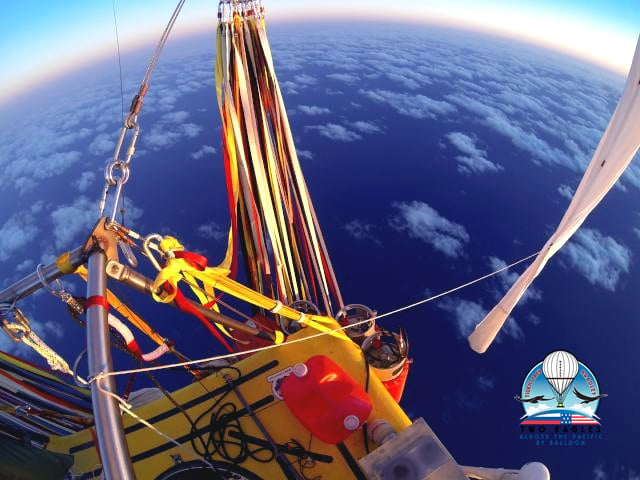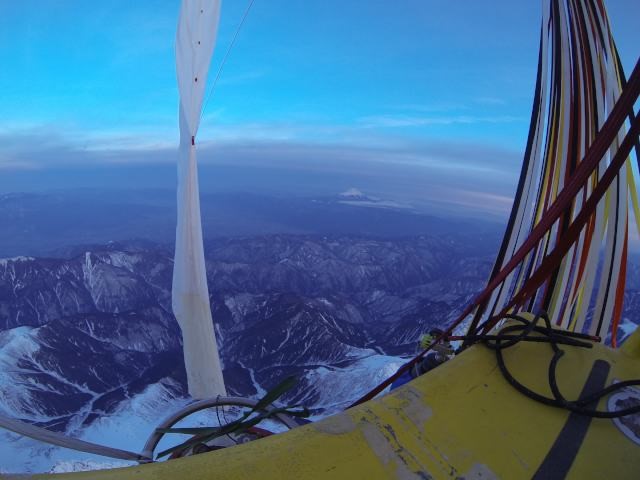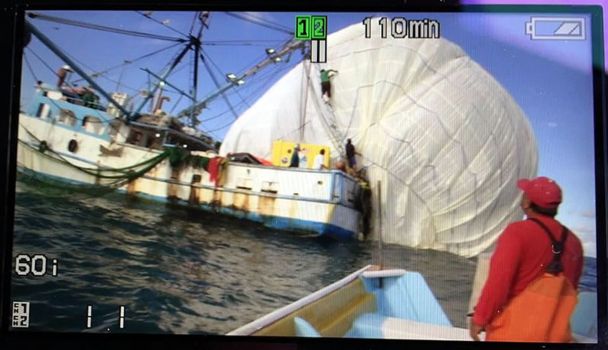
On January 25th at about 6.30 am local time, Troy Bradley of Albuquerque and Leonid Tiukhtyaev of Russia embarked on a historic balloon flight from Saga, Japan, to the shores of North America. Their trans-Pacific flight aboard Two Eagles was an attempt to break the world distance record established in 1981 by four men on a hot air balloon dubbed Double Eagle V.
By the time they landed four miles off the shore of Baja California, Mexico, on January 31st, Bradley and Tiukhtyaev had flown 6,646 miles, handily surpassing the 1981 record of 5,207 miles. In addition, their 161 hours and 17 minutes aboard the balloon also shattered the previous record for the longest duration in air established in 1978 by the team aboard Double Eagle II.

It was not easy. The balloon capsule that measured a mere 7-feet long, 5-feet wide, and 5-feet tall, left little room for the pilots to move around. In addition, flying at altitudes of 15,000 feet and above, meant that the adventurers had to wear oxygen masks during most of the journey. Then there were the low temperatures. With just a small heater on board, Bradley and Tiukhtyaev had to bundle up to keep warm.
Meals comprised of freeze-dried foods, fresh fruit, beef jerky, energy bars, and lots of water to keep hydrated. Though the men had a stove to cook a hot meal, the lack of movement and high altitude left them with little desire for food. In case you are wondering, the balloon did have with a small toilet.

What made things even trickier was the fact that Two Eagles was an old-fashioned hot air balloon similar to the one featured in Jules Verne's "Around the World in 80 days". This meant that though it was equipped with the latest navigation and communication technology, it carried no heat source like a propane burner that has been used by adventurers in recent long-distance flights.
This meant that the pilots had to keep a keen eye on the amount of gas in the balloon. During the day, when the sun's heat caused the helium to expand, Bradley and Tiukhtyaev maintained the altitude by releasing small amounts of the gas through a valve. At night the pilots encountered the opposite problem. Dropping temperatures would result in the helium contracting, which meant that the balloon would start to lose altitude. To combat that, the pilots dumped some of the 11,500 lbs of ballast - in the form of sandbags they were carrying aboard.

However, none of these challenges appeared to dampen the spirits of these experienced balloon pilots who have numerous previous records to their credit. They were just thrilled to be attempting what many consider the"holy grail" of ballooning achievements. The fact that they succeeded was just the icing on the cake!
Resources; cnn.com, foxnews.com, pacificballoon.com